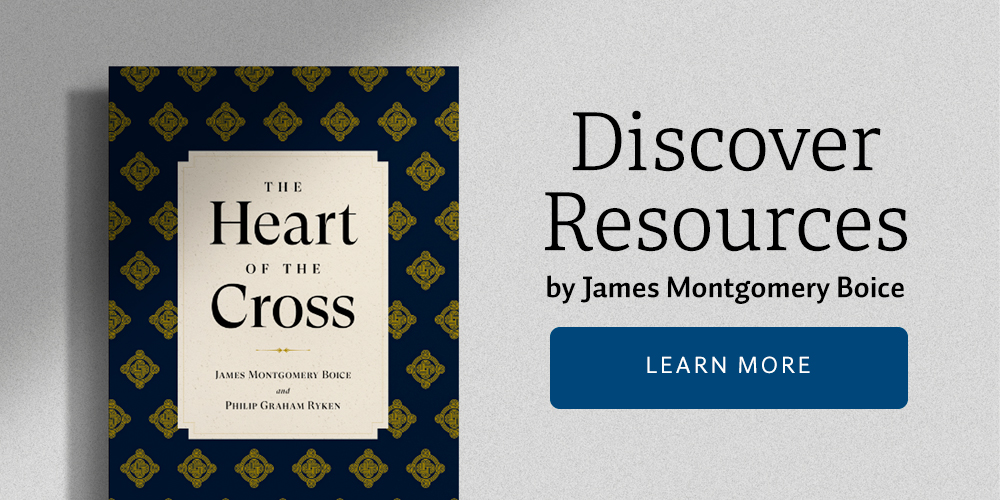2. Jews who were laymen (vv. 8-38). This is a long and numerically significant list, as might be expected. It is in two parts. The first part lists eighteen individuals from whom the then living descendants came. The second part lists twenty towns in which the returning exiles settled. The introduction to the census suggests that these were the towns from which the families of these people had come originally.
3. Priests (vv. 39-42). The priests were the descendants of Aaron, Moses’ brother. They were responsible for the service of the great temple altar and aspects of the feasts. David had organized the priests into twenty-four families each responsible for a two or three week tour of temple duty. Nehemiah’s list mentions only four of these families, presumably the only ones who returned. According to the Talmud, these were later reorganized into a new set of twenty-four rotation groups using the original Davidic names (cf. Tosefta, ii, I, 216). Nehemiah lists just over four thousand priests, about one-tenth of the total census.
4. Levites (v. 43). Levites were the descendants of Levi, one of the original twelve patriarchs. Levites also served in rotation, and their job was to assist the priests descended from Aaron. Surprisingly, a very small number is listed, meaning that only a minority of the Levites had returned from Babylon.1
5. Singers (v. 44). The singers, like the gatekeepers who follow next, were taken from among the Levites. Their task was to assist in the temple worship (cf. 1 Chron. 25-26).
6. Gatekeepers (v. 45). The Levites, singers and gatekeepers were the categories of temple staff appointed by Nehemiah, according to verse 1. They were not the people mentioned by name here, of course; they were from among their descendants.
7. Temple servants (vv. 46-56). Temple servants were assistants to the Levites, just as Levites were assistants to the descendants of Aaron. The Gibeonites had been appointed to this role after they had deceived the Israelites at the time of the conquest. In fact, these may actually be their descendants, now incorporated into the nation by circumcision.
8. The descendants of the servants of Solomon (vv. 57-60). This group is closely linked to the previous one, a common total serving for both groups.
9. Those whose ancestry was questionable (vv. 61-65). These were in two categories: laymen and those who claimed to be priests. The situation of the priests was most serious since it involved matters of ritual purity and contamination for the whole people. A decision was made to exclude these persons from priestly functions until their case could be decided by submitting it to a sacred casting of lots known as the Urim and Thummim.
The census ends with the total number of Jews, to which are added a number of other totals, including those of servants, singers and animals.
1Derek Kidner reflects astutely on what this tells us about how the Law of Moses was being regarded at this time. “The Levites, whom the tithe law treats as greatly outnumbering the priests, had suddenly become a tiny minority with only a fraction of their former claim on the community’s support. Yet the law gives them everything, ‘every tithe in Israel,’ and only requires them to hand on a tenth of this to the priests: ‘a tithe of the tithe’ (Num. 18:21, 26). Had the law been still in the making or rewriting at this stage, as many have tried to argue, it could never have reached us in this form. To quote Y. Kaufmann, who draws attention to this: ‘Nothing proves more clearly how mistaken is the view that in post-exilic times, the Torah book was still being added to and revised….The founders of post-exilic Judaism were not the composers, but merely the collectors of the Torah literature. They did not alter anything of what they “found written,” much less add to it.’” (Kidner, Ezra and Nehemiah: An Introduction and Commentary [Downers Grove, IL: InterVarsity Press, 1979], 40). The Kaufmann quotation is from The Religion of Israel (Allen and Unwin, 1961), 193.






